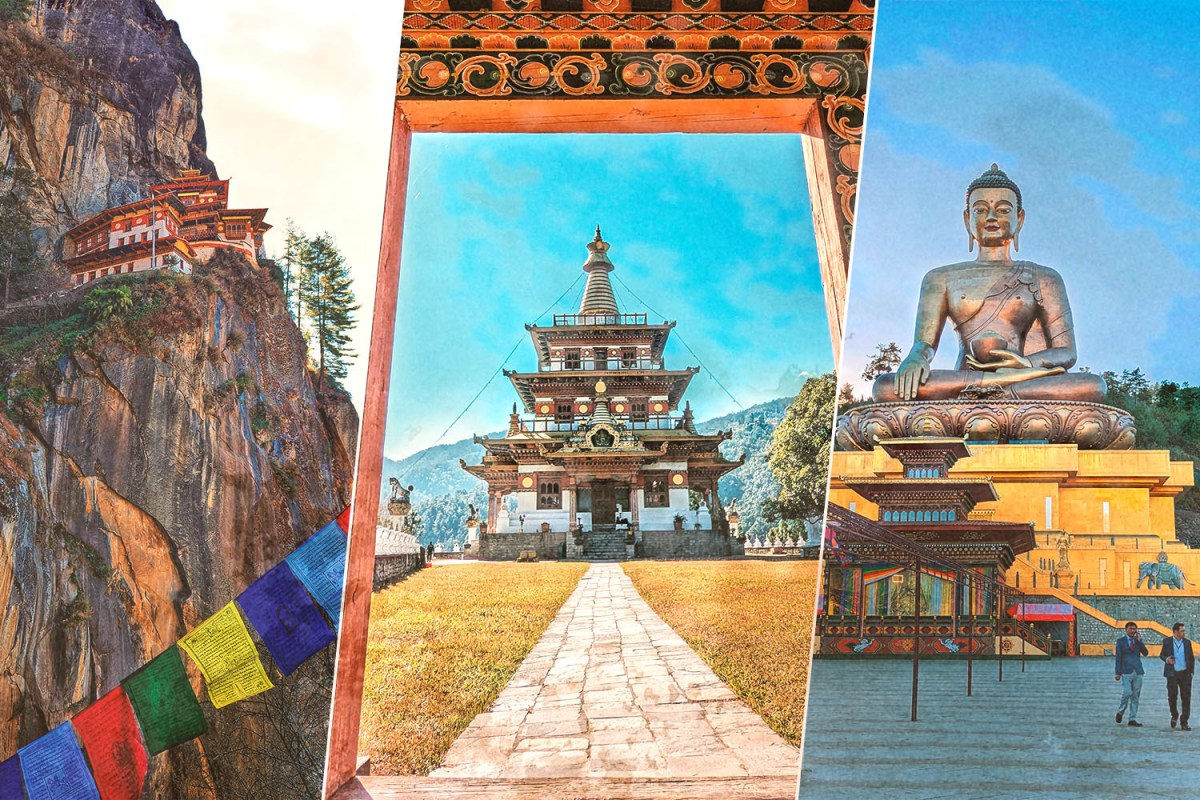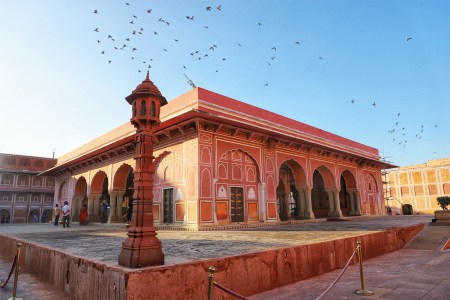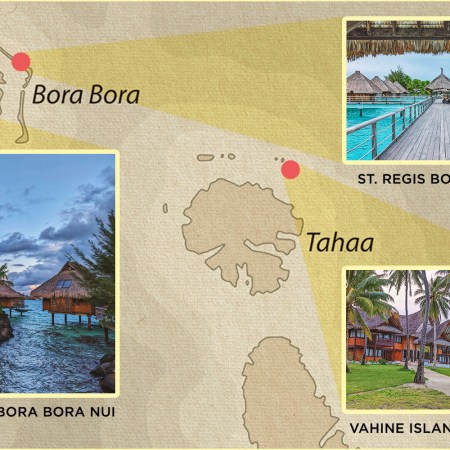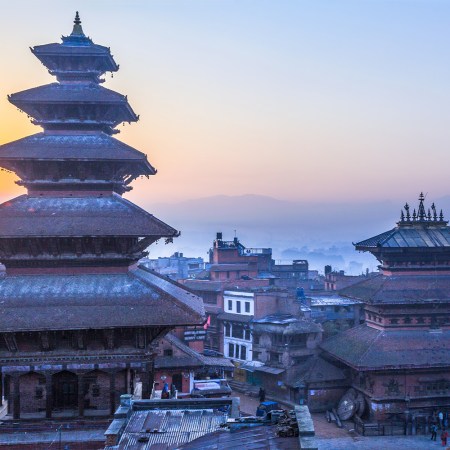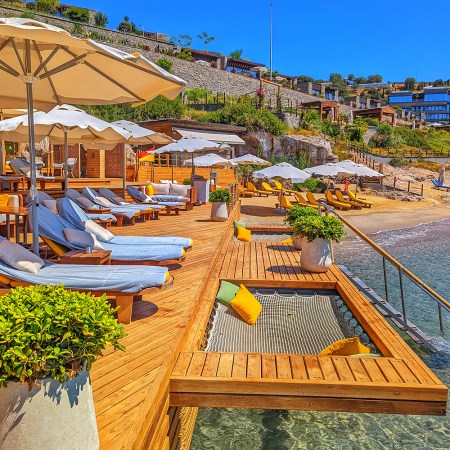Bhutan exudes tranquility. Even the international airport, your first impression of the country, has a charming aesthetic that makes it appear as an ancient monastery. With roughly three quarters of its land remaining tree covered, Bhutan is considered the first, and one of just two or three, carbon-negative countries in the world, and is known for its idyllic wilderness, with a backdrop of the Himalayas, along with its idyllic way of life, with its many Buddhist monasteries.
The South Asian country fields a 30,000-strong volunteer brigade, the Guardians of Peace, out of a population of 750,000. “These people help the community, they want to give back to the country,” says Sonam Sonam, a Bhutanese tour guide who spent a week ferrying me across his homeland. “It comes from the heart.” As a comparison, imagine what an equally proportioned American group of more than 13 million volunteers could accomplish if unified in their mission to give back for the betterment of the whole.
Bhutan prioritizes what it refers to as Gross National Happiness (GNH), as opposed to the pursuit of profits, and is also relatively uninterested in boosting the scale or quantity of its tourism numbers. Instead, it follows a high value, low volume approach. For example, while there’s a cornucopia of luxury lodges where visitors can stay, these often have 20 or fewer rooms.
As a friend joked with me prior to my trip, the presence of my sarcastic, New Jerseyan self threatened to tank the GNH upon my arrival. I’d have to strive to avoid such a calamity while learning about the country and its culture, and what, if anything, has changed as a result of new tourism rules that imposed after the pandemic.
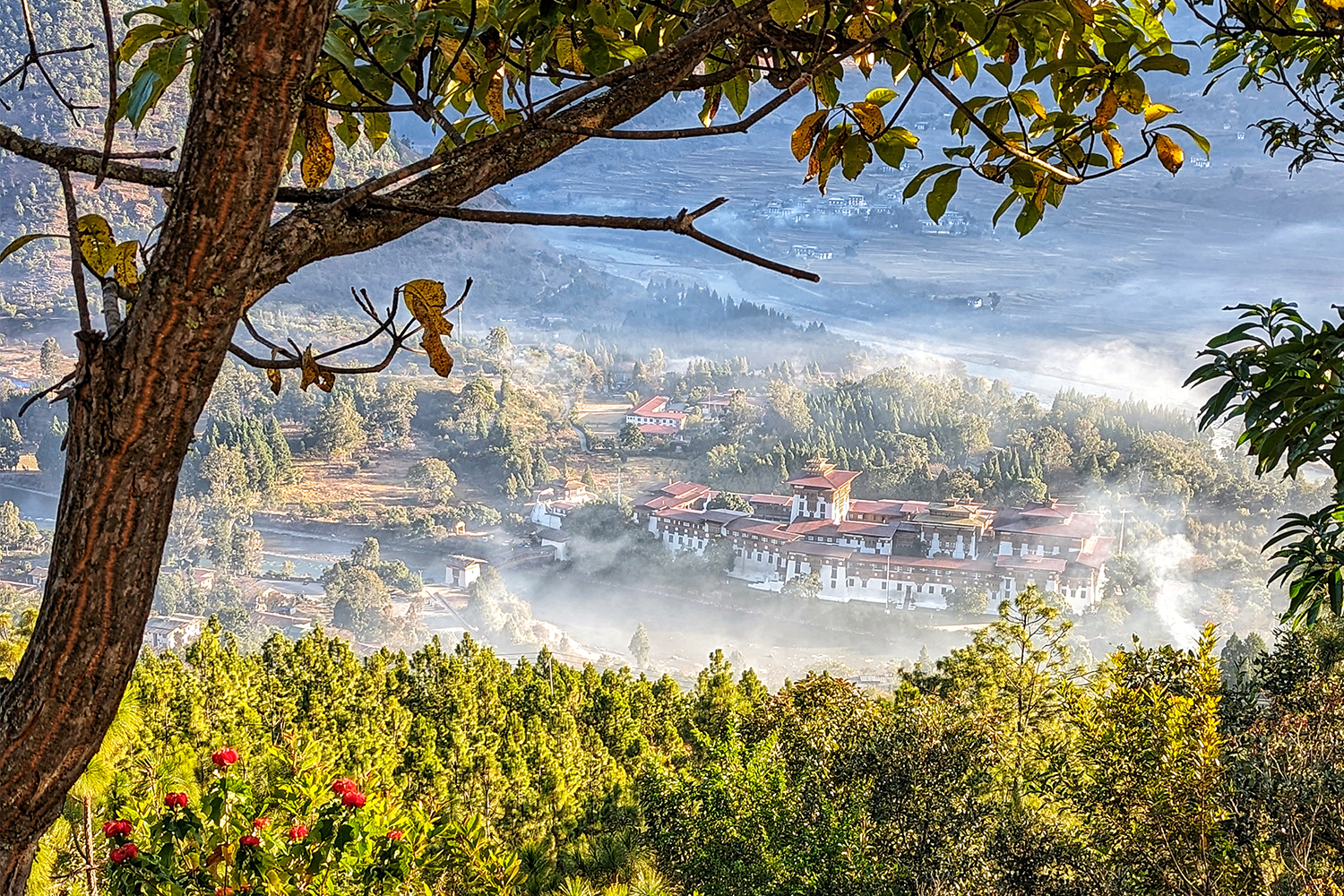
What to Know Before Traveling to Bhutan
Bhutan didn’t reopen from the pandemic until late September 2022, after a two-and-a-half-year closure. “During the pandemic, we really had a difficult time,” Sonam says. Tourism is the second largest industry in the country, after the export of renewable hydroelectric energy, and Bhutan’s king, Jigme Khesar Namgyel Wangchuck, the fifth monarch in a beloved family lineage dating to 1907, provided a direct stipend to those who lost their jobs as a result. “For tourism especially, guides like us, this grant was provided until June 2022.”
When the country did reopen its doors, there were two major changes impacting your potential trip. The first was an increase to the country’s Sustainable Development Fee (SDF) to $200, up from $65. This is a per person, per night fee you pay in advance of your trip, separate from any other expenditures on hotels, transport, guides or food. “It goes straight to education and healthcare, which is provided freely,” Sonam says. “So you are contributing to a good cause.”
Including the SDF, then, Sonam estimates a $400 to $500 all-in daily budget per person for a trip, with most itineraries lasting for about a week. This would include comfortable, well-rated lodges, but expect an uptick from there if you’re booking the swanky five stars.
While tourism numbers aren’t strictly limited, this in effect puts on a clamp on things, and helps Bhutan minimize the downsides that tourism can have on its populace and its otherwise pristine, preserved home. It’s all in the name of Gross National Happiness, of course.
“GNH is very important, and it began in 1974,” Sonam says. The fourth king, Jigme Singye Wangchuck, enacted a nationwide strategy of measuring the happiness of his people based upon four main pillars, but spreading to more than 50 individual indicators. GNH is designed to balance Bhutan’s economic development with the existing, intrinsic quality of life of its citizens. According to Sonam, among the chief aims are “good governance, the preservation of culture, and the sustainability and conservation of natural environments.”
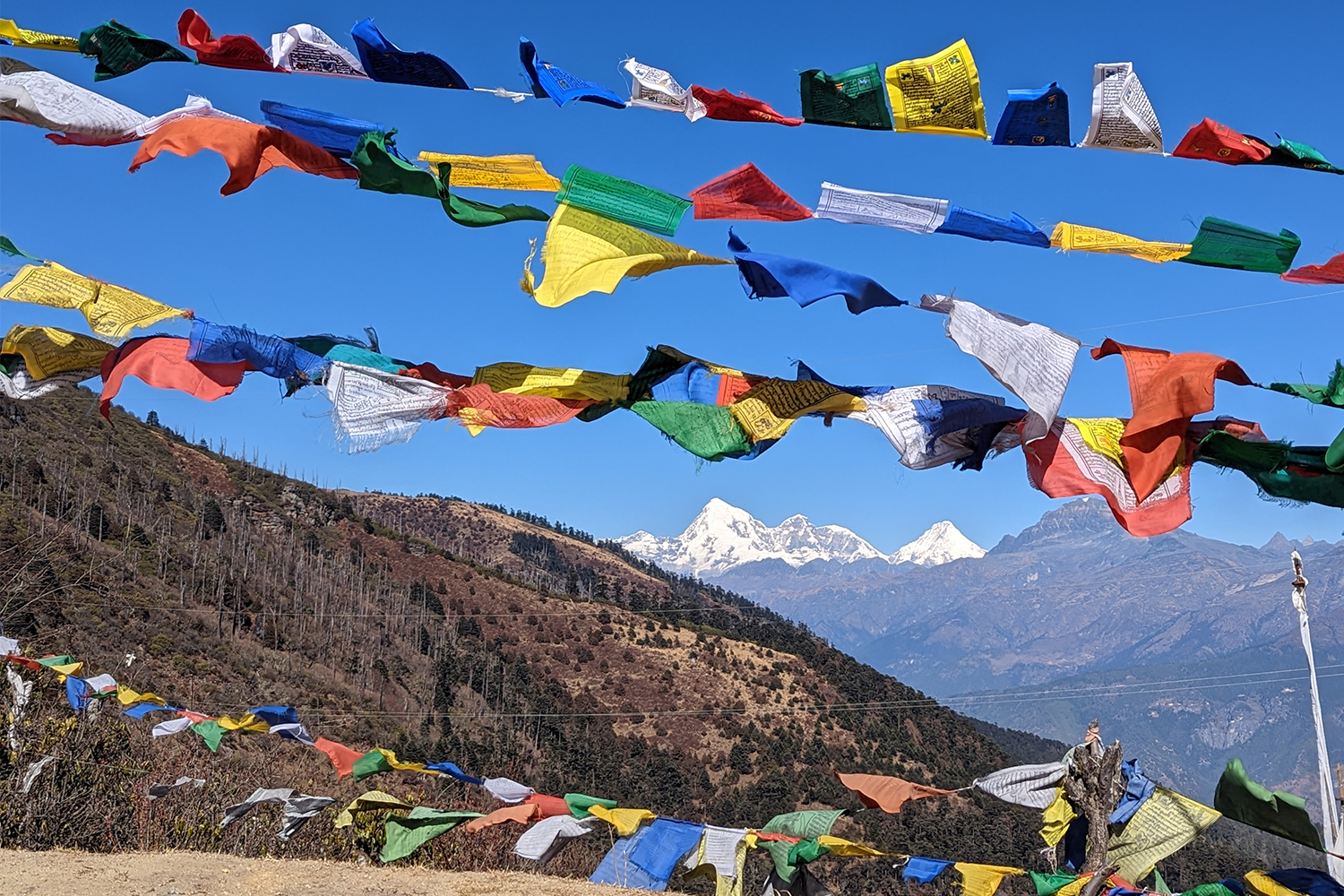
Of course, measuring and tracking happiness isn’t exactly simple science. “It is quite difficult to make 100% of people happy, and it’s quite difficult to measure happiness, which may differ from person to person,” Sonam says. “But the government is doing their part with a primary goal to give basic happiness to the people by providing free education and a healthy life, with free health facilities.”
The biggest change for visitors today is that the government lifted its prior mandate that all tourists book guided itineraries through travel agents or tour operators. “Any visitor traveling to Bhutan after our reopening on September 23, 2022 can now book all aspects of the journey independently,” says Dorji Dhradhul, the director general of the Bhutan Department of Tourism.
That change offers an added level of flexibility and control when plotting your trip, though the services of a guide or tour operator are still recommended for most travelers, or at least the services of a dedicated driver. While taxis are readily available in the cities, rental cars are not, and daily excursions to remote sites may prove cumbersome otherwise. You’ll also need a visa, though there’s a simple online application available. “Guests can arrange their own visa and pay their SDF fees directly through our website bhutan.travel, which takes just a couple of days to process on average,” Dhradhul says.
This Tour Across India and Nepal Is Equal Parts Chaos and Serenity
Our correspondent spent 18 days on the Indian subcontinent, enchanted by flights to Everest as much as dumpling cooking classesGetting to the “Happy Kingdom”
The national airline Drukair is the only game in town when it comes to flying in or out of Bhutan, and the carrier offers a select schedule to some of the major cities in its region, such as nearby neighbors New Delhi and Kathmandu. For U.S. travelers, the most convenient embarkation point is likely via Bangkok, with Drukair offering near-daily flights to Thailand’s capital, or at least several per week, depending on the season.
That’s the strategy I chose, and while en route to Bhutan it provided me with just a few overnight hours before continuing on my way; on my return, I opted for a longer two-night layover in the city. I posted up at The Siam, a luxe retreat on the Chao Phraya River with a pool deck on the water’s edge, a combination of 38 suites and villas, and a famed, comprehensive wellness center dubbed the Opium Spa. If you wanted to boost your spiritual journey further, you could even get a sak yant tattoo on-site (though on this occasion, at least, I passed).
The Siam showcases a mix of art deco style with traditional aesthetics, along with an enormous collection of Thai antiques, vintage photographs and art. A lush, green atrium encompasses its lobby and central corridor, and the hotel is filled with spaces to explore including a vinyl room, English garden, and a library and screening room. And that riverside pool is a sexy, sleek little spot to get some sunshine and enjoy a cocktail or a Chang beer or three. It all makes the family-owned hotel, which just celebrated its 10th anniversary, an ideal spot for either nursing some jet lag before arriving in Bhutan or soothing the body from the hiking and trekking you did while you were there.
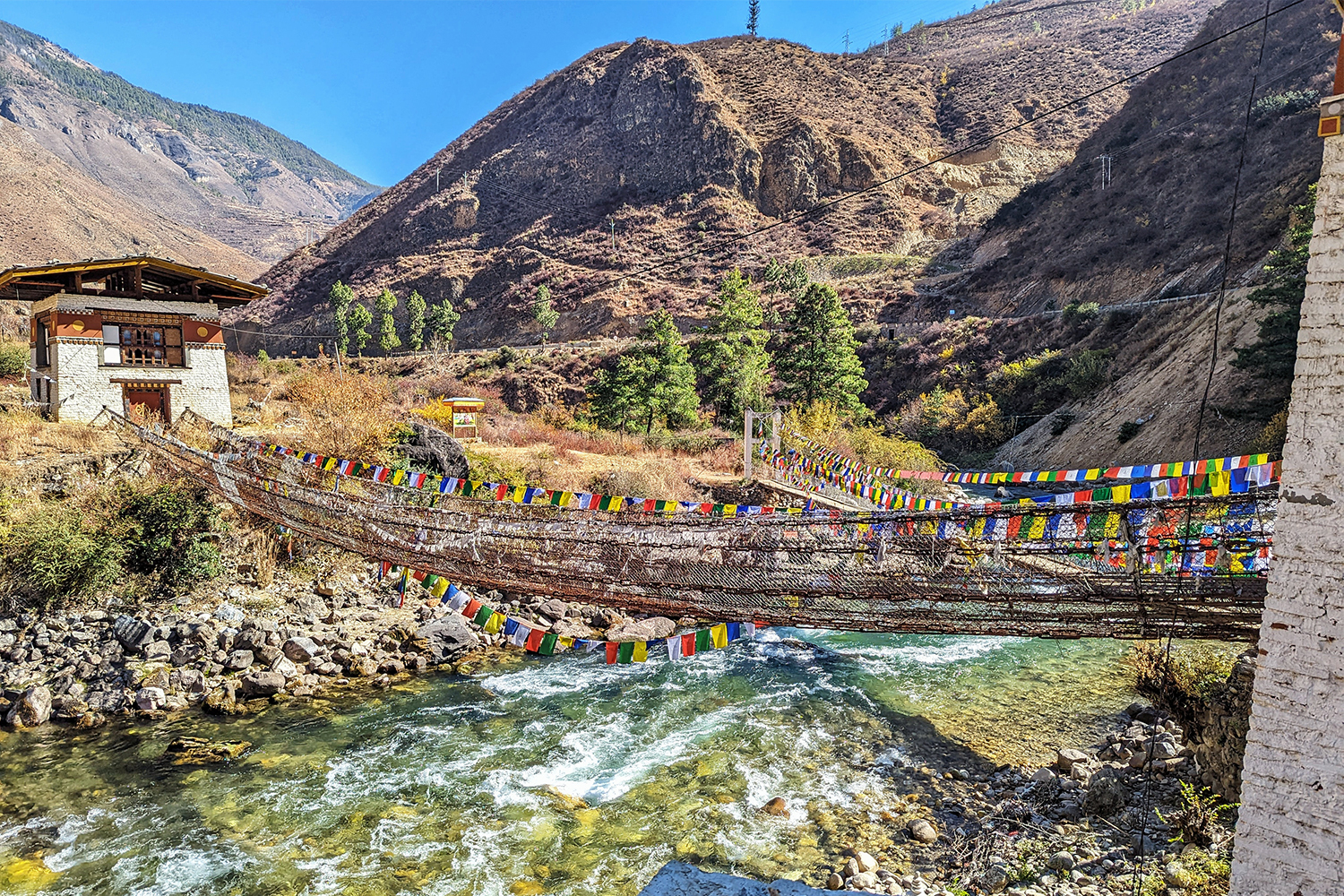
Where to Stay and What to Do
My first chance to experience Bhutan’s idyllic surroundings came moments after I arrived at Tachog Lhakhang, a 15th century temple reached via walking over a prayer-flag-covered suspension bridge alongside the rushing waters of the Paro River. The place was…pure. The air fresher. The water clearer. The blue skies boundless. The environment unspoiled. The animals, happy? They seemed it. Those were certainly the sounds of happy birds chirping.
The people, it appears, are living in harmony with it all. “In Bhutan, there is not a single traffic light,” Sonam says. And nary a honking horn, from what I witnessed. The main thoroughfares feature occasional signs that are less rules of the road and more motivational posters. “No hurry, no worry,” one reads; another, “green Bhutan, clean Bhutan”; “driving faster causes disaster,” a third.
Soaking up that type of natural beauty and serenity, alongside the picturesque, ancient architecture that dots the landscape, was a major goal of my visit to the country. And there’s no shortage of places to do so, including scenic, high-elevation mountain passes and numerous monasteries, stupas, shrines and fortresses.
The activity which best fulfilled my objective was a hike up to the famed Taktsang Monastery. Better known as the Tiger’s Nest Monastery, it was constructed at the end of the 17th century in a frankly absurd position, hanging off a vertical rock face 10,000 feet in the air. The round-trip Tiger’s Nest hike takes about four hours on average, but with a lunch stop in addition to time spent exploring the monastery itself, allotting at least six hours for the journey is wise.
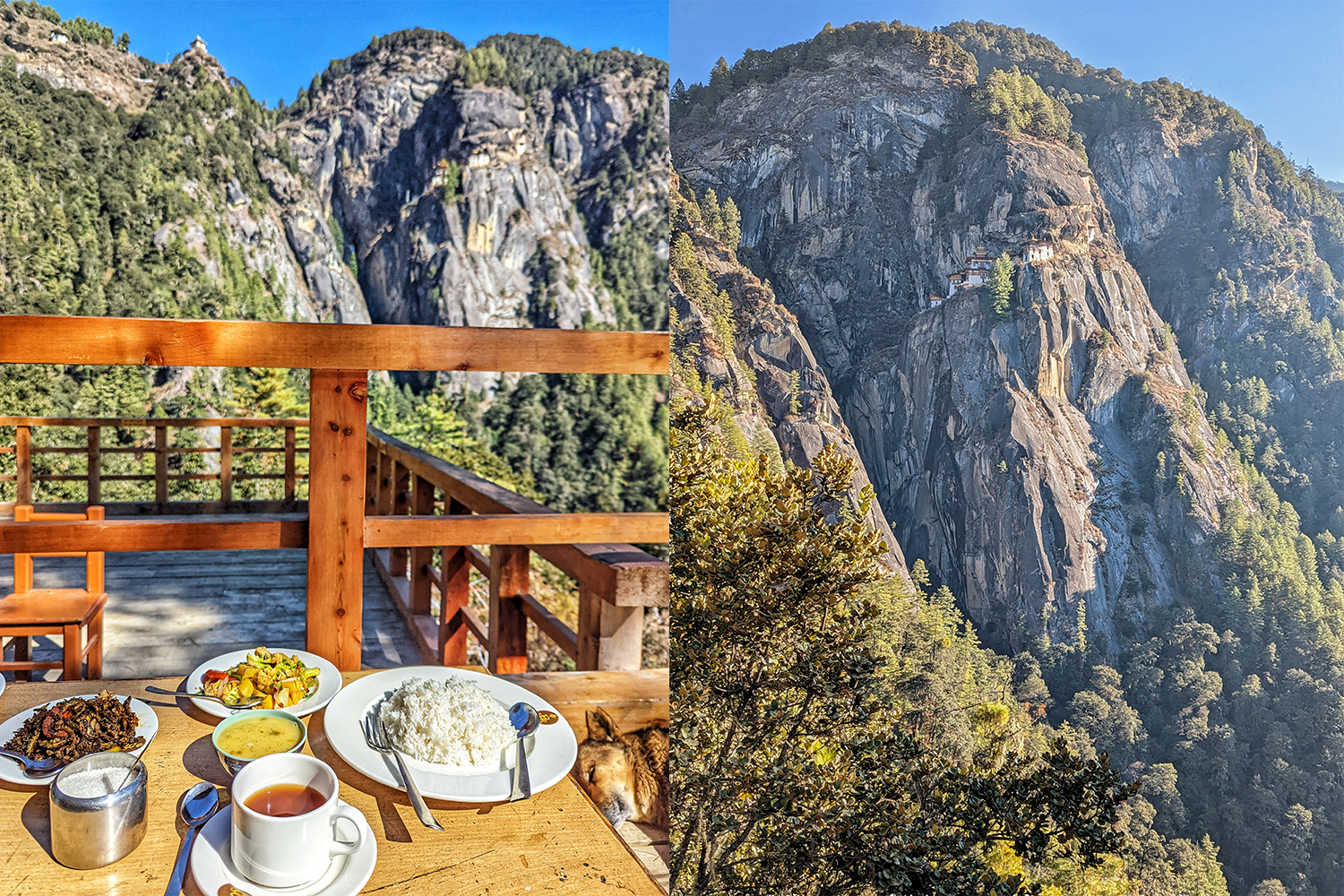
The hike includes an arduous ascent up 2,000 feet in elevation on a steep dirt trail, passing by gorgeous overlooks and under countless colorful prayer flags, though it isn’t technically challenging beyond the need to gasp for air. With the help of an early morning start, Sonam and I were the first to make it to the top for the day, enjoying a slice of Bhutanese nature unsullied by a single other soul, save for the occasional friendly dog who fell in and out of formation with us. The views from the top were more than worth the exertion, as was the vegetarian lunch awaiting us below at the Taktsang Cafeteria, a humble restaurant located halfway up the trail.
The only thing left to do after a morning like that was to indulge in some R&R. Where to begin? How about a lineup of five Aman resorts in Bhutan, the Amankora lodges. The properties are spread across the country, including all of its major tourist stops, and combine the brand’s stark architecture and design with Bhutan’s incredible landscapes and style sensibilities.
In Punakha, you have to cross a walking bridge just to reach the property, and can either partake in some Bhutanese sports with archery and darts, or lounge by a heated, outdoor infinity pool in the surprising subtropical climate of the region which serves as the country’s winter retreat. The lodge is on leased property which includes a farmhouse once belonging to a Bhutanese chief abbot. Its restaurant and lounge are in the farmhouse, which includes the space where the abbot was said to conduct his meditations.
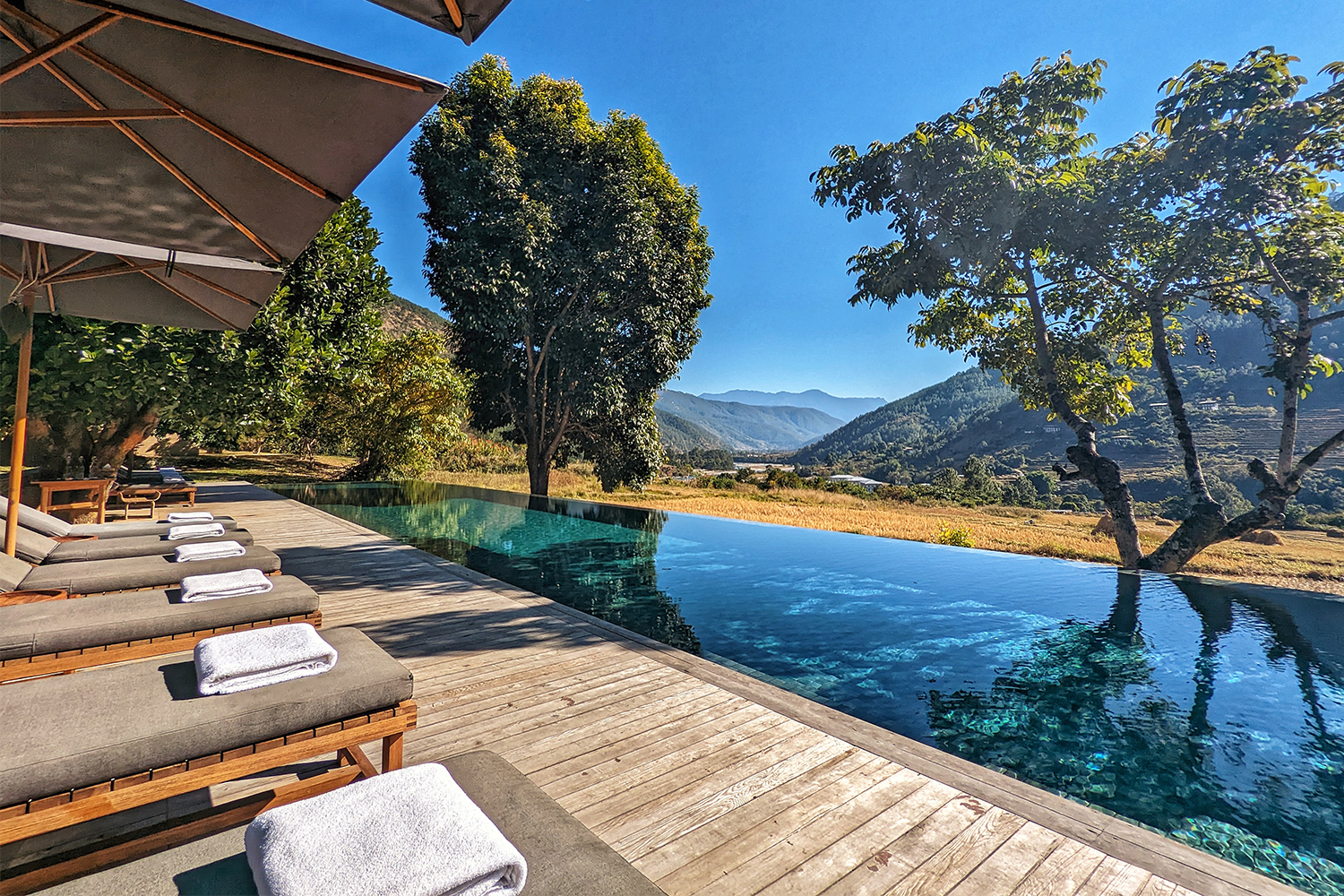
There’s also a powerhouse collection of five Six Senses lodges available for booking. Expect spa life to rule the day there, with, for example, the Thimpu locale sporting a multi-story spa and fitness center as well as a separate indoor pool facility. Each of the Six Senses in the country has a different theme, with Thimpu’s known as the palace in the sky for its mountaintop positioning and soaring views, and featuring cloud décor to match.
The hotel’s main hub capitalizes on its perch with floor-to-ceiling windows offering a look down on Thimpu — the largest city in the country with 150,000 residents, and its modern day capital — as well as the Buddha Dordenma statue, an enormous golden Buddha constructed on an opposing hill overlooking the valley. There’s a large central fireplace to warm up by, and a bar with an impressive cocktail program putting to use everything from Bhutanese whisky to locally foraged fruits and herbs.
However, the lodging options extend beyond globally-renowned, big-name luxury chains. (Not that I heard anyone objecting to such a prospect.) The Bhutan Spirit Sanctuary in Paro is another five-star choice to consider. As the name suggests, this is a place to nurture your body and soul. Stays here come with inclusive spa services with your choice of treatment per day, including massages, Bhutanese hot stone baths and traditional medicine consultations. Emerge from your wellness cocoon and head to a bar serving a collection of two dozen herbal teas before or after a four-course lunch or six-course dinner.
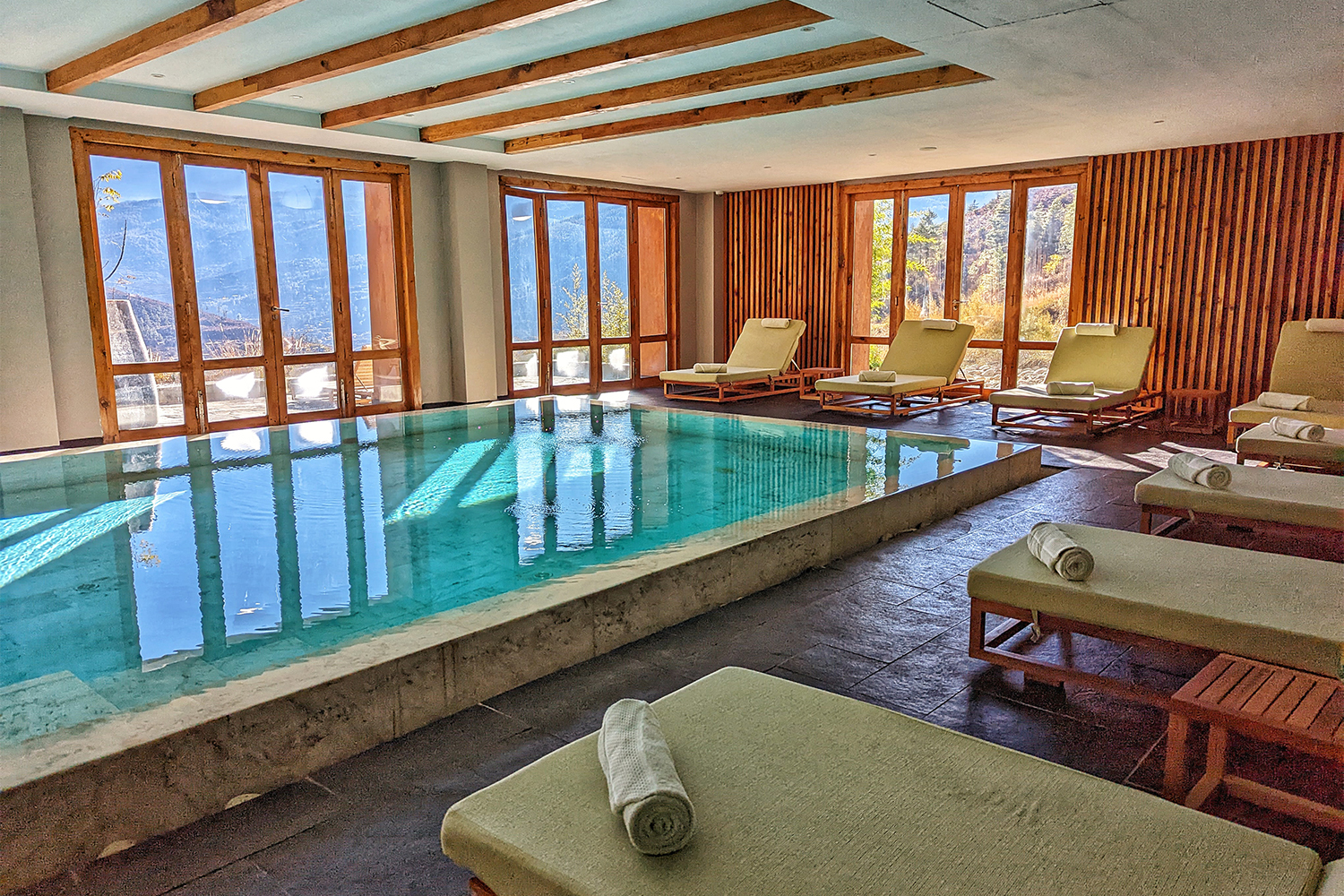
One of my favorite nights came at the Dhumra Farm Resort, a particularly peaceful spot in a country filled with them, perched on a mountainside with a direct view of the Punakha Dzong, an enormous and enchanting fortress which is one of Bhutan’s most well-known tourist attractions. It’s comfortable and cozy, with orchards and gardens to explore and delicious meals made from the farm’s produce.
I took a cooking class with T. Sangay Wangchuk, the proprietor of the six-room lodge that’s located on his family’s seven-acre farmland. “Our mission is to show people these traditional dishes and ingredients that we have forgotten about,” he says. He opened Dhumra in 2017, and it’s one of just two farm resort concepts in the country, though he’s now spearheading a proposal backed by several dozen farmers to receive government support for a national network of such retreats.
“My only purpose is that tourism becomes sustainable,” he adds. In that regard, the people of Bhutan and the government are in total sync.
This article appeared in an InsideHook newsletter. Sign up for free to get more on travel, wellness, style, drinking, and culture.
